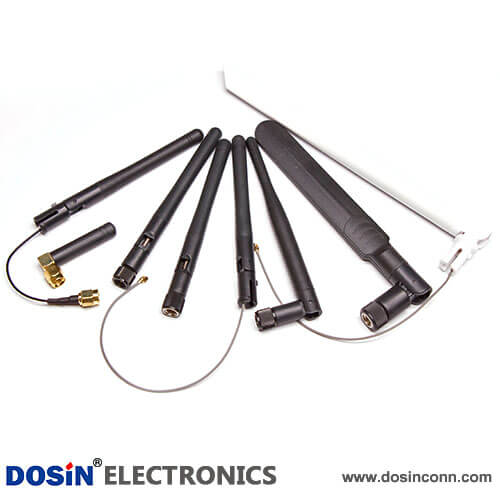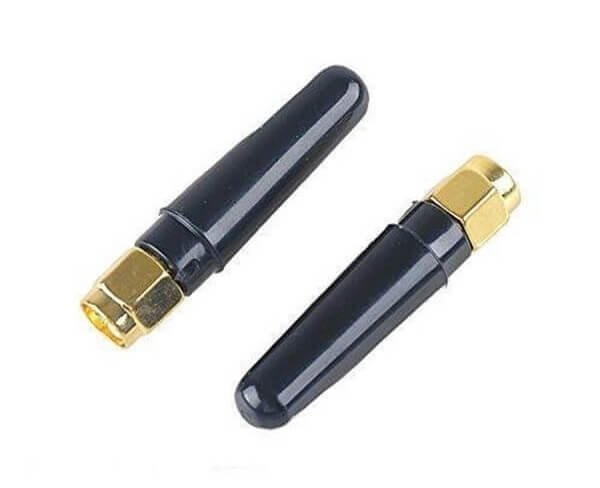If you find that your newly purchased 2.4GHz or 5.8GHz device does not provide the wireless coverage that you expected, it does not necessarily mean that there is a problem with the device, or that you have placed the device in the wrong location. More than 90% of the reason is that you did not configure the device.
Connect a suitable antenna; even if your WiFi client can access the Internet through your home wireless router, have you checked the actual wireless signal strength, if the signal-to-noise ratio (SNR) is too low, the wireless transmission speed cannot reach 54Mbps or more High speed, of course, wireless interference will also affect the transmission speed, but even the basic wireless signal is not good, so don’t expect high-speed Internet access.

So which type of antenna should we choose?
This cannot be explained clearly in a few words. Choosing a suitable antenna is actually a science. We must start with understanding the basic knowledge of the antenna. The following article will introduce the principle of the antenna and some antenna parameters. I believe it can help you select and install the appropriate antenna, thereby enhancing the effective coverage and performance of the wireless system.
The antenna is a passive body, that is, it does not need to provide power or other energy. It is also not a power amplifier and will not amplify the input wireless signal. On the contrary, due to the signal attenuation caused by the feeder and the connector, the wireless energy emitted will be greater than that of the input The energy of the antenna contact is low.
In fact, the antenna only plays the role of a directional amplifier, so that the transmitting and receiving energy is concentrated in a specific area of the space. The only purpose of the antenna is to change the energy distribution area to the place where it is needed. In some places without wireless equipment, or over-distributing energy to a certain area, it is wasteful. According to the law of invariance of energy, increasing the energy distributed in one direction means reducing the energy in other areas.

